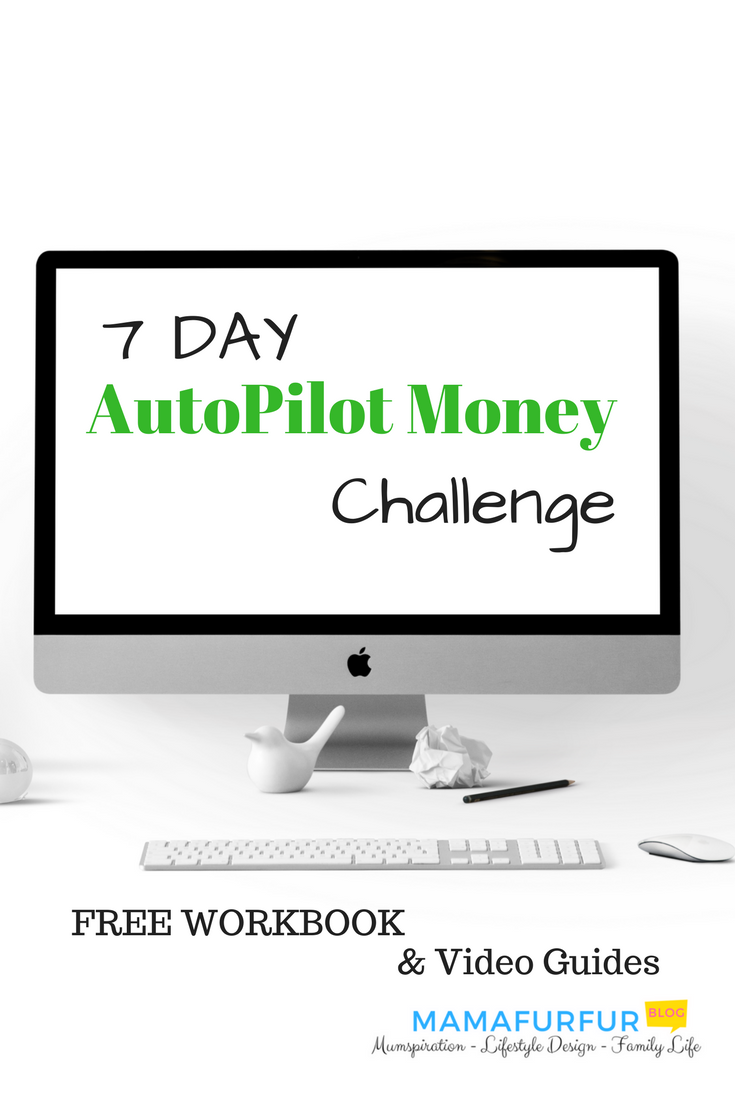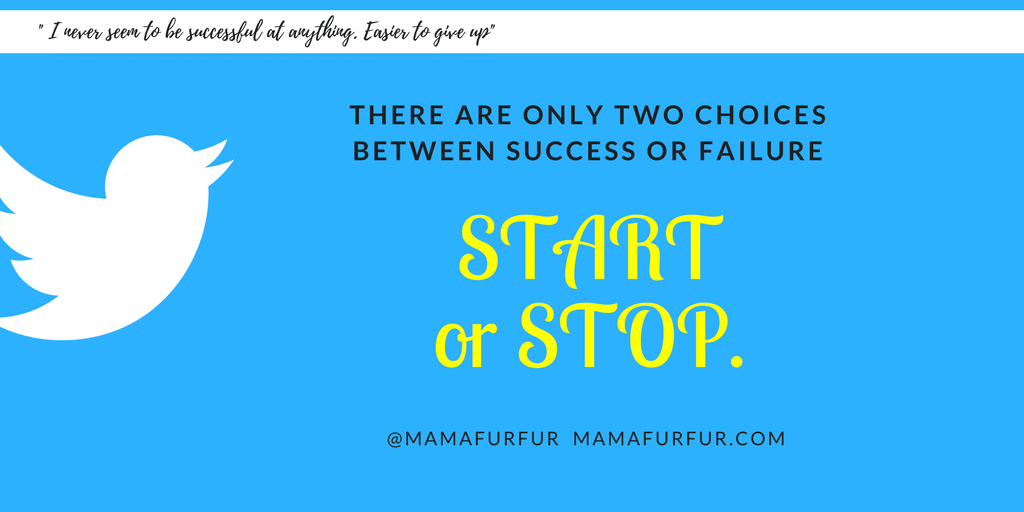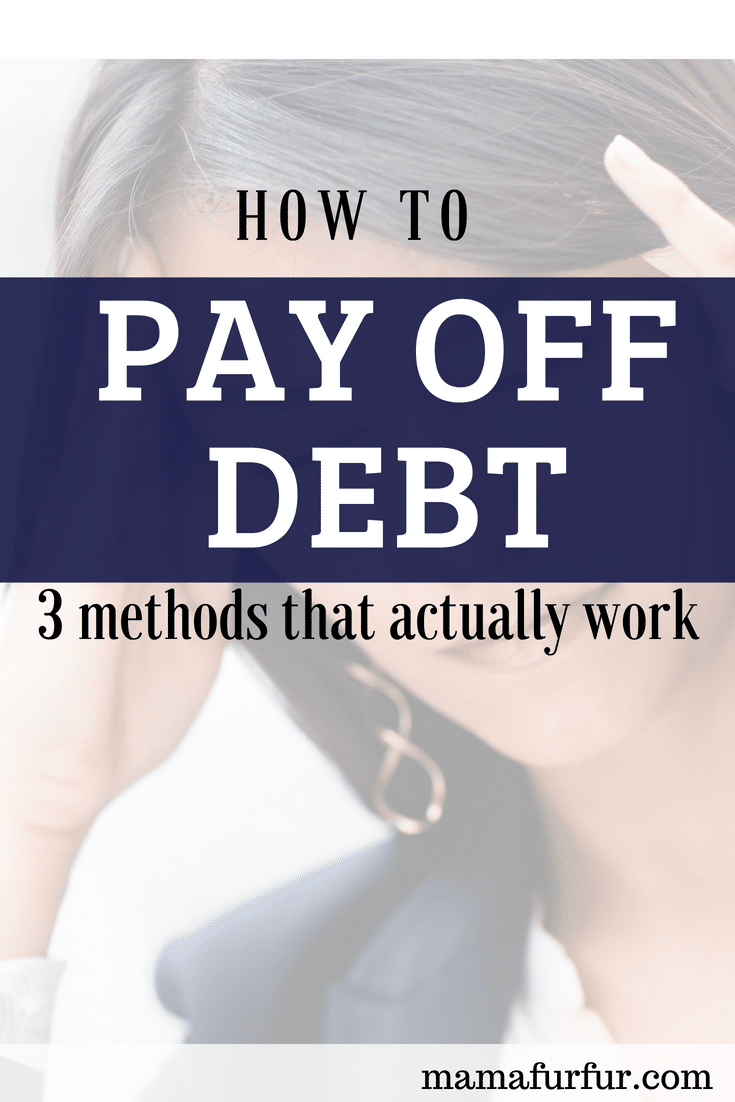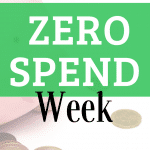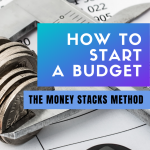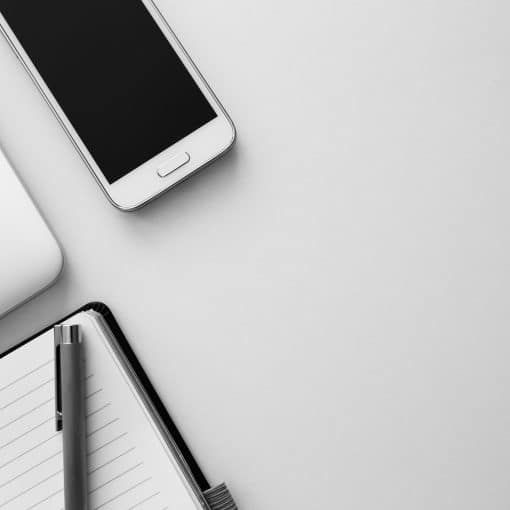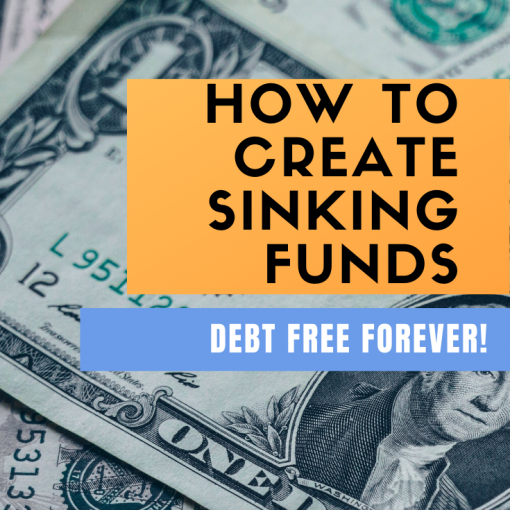When you have debt, it seems like it is all you think about.
I’m here to teach you my three favourite methods, and also the ones that I prefer and have used with my debts in our family.
Then of course it is up to you to put it into action and take control of your money.
These methods that I describe I’ve actually used with my own debt of £22k credit card debt, which you can read all about here.
// Never make just the minimum payments if you can
The tricky part of debt is that when you sign up for it you don’t really imagine what you are signing up for.
When the bank manager tells you it is 25 years on a mortgage, you only really listen to the “monthly amount” and then switch off.
But as we all know, the bank and credit card companies make their money from you by hoping you will have that debt for as long as possible, so they can keep charging interest payments to the amount outstanding.
It is well-known that if you only made the suggested minimum payments on credit cards, it might even take you up to 25-30 years to pay off the original one time debt.
That is insane!
Only get into debt for things that truly matter.
Never use credit cards to make it through the end of the month if you can, as you need a plan if an emergency should happen and you are stuck for those payments head.
Commit to never paying just the minimum payment, as this will be you only usually paying off the interest charge and nothing else.
// The Avalanche Method – Highest interest rate first
The Avalanche Method is used to describe when you want to tackle the debt with the largest interest percentage attached to it first with any extra amounts, once you have made minimum payments on everything outside of that.
For example if you have a mortgage at 2% interest, and a credit card debt at 19% – you would attack the credit card debt first with any spare cash.
Reason being that the credit card over time will keep growing with interest (additional charges) faster than the other debt.
You want to get rid of the option of those debts growing, as this is one way to do that.
// The Snowball Method – Smallest debt first
This method if you imagine is like how you create a great snowball perfect for a play fight.
You start with a small amount then add to it and add to it, until it becomes larger and larger.
With the snowball method, you would look at all your debts, make the minimum payments to them all, and attack the smallest debt first with any extra payments until it was gone.
Once you have that debt paid off, you would move onto the next smallest and so on.
You would never reduce though the total amount of money you spend on debt repayment, unless you absolutely had no choice, as that money starts to take out more and more debts.
This method works for people as you get a sense of pride and joy when you see one debt completely gone, but it doesn’t take into account interest side of debts and for that reason doesn’t work for everyone.
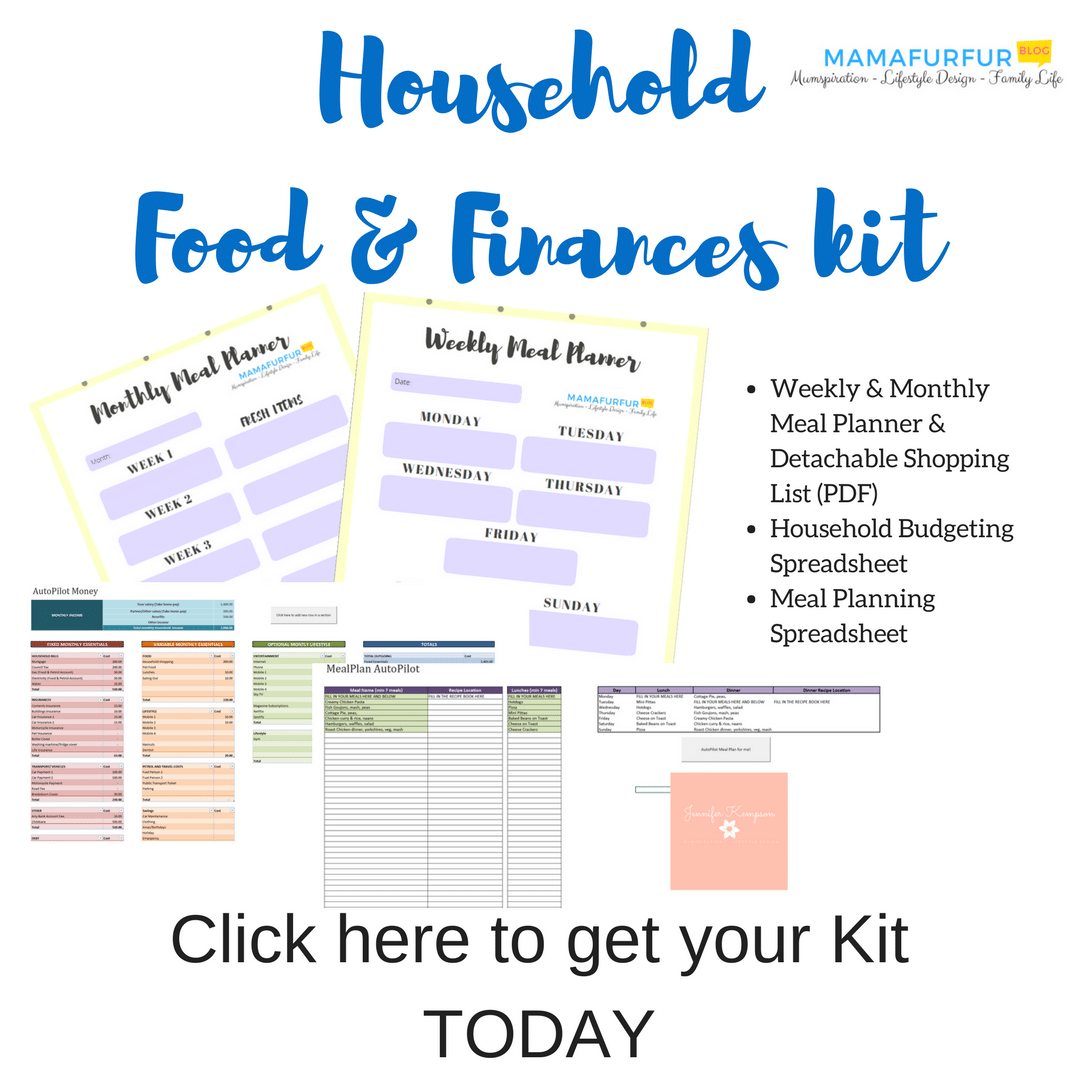
// My 10% Method – Add that little extra for full effect
My personal method now that we only have our mortgage and car payments to make, our credit card debt is gone thankfully, is to use my 10% extra method.
I commit to making the minimum payments on everything and then 10% monthly payment on top regardless of the interest level or size.
That 10% extra adds up and without noticing you end up making an extra ONE Payment a year and then some.
When I have extra money to use towards debt repayments, I also consider the money return potential.
If I would gain a better return on money by placing it into an Investment account (normally 5-10%) compared to the interest on my debt (perhaps 2% for a mortgage) – I will invest it instead to later use the money to repay my mortgage in the future.
**This is just my preferred reasoning though, and not for advice for others.**
// 80/20 Method to Saving, Spending & Investing
I believe strongly that any budget and household can use their money to create incomes in the future and to pay off debt right now.
Our household works to a 80/20 principle ideally where we use 80% of our monthly incomes to pay off debts, live happily, have experiences and then the other 20% is used for our future in investing or likewise.
You can follow Our Journey to Financial Freedom and security on this blog monthly of course, to learn some tips and tricks for your family too.
New to Investing or how to start working on your future – let me show you how here.
// How about a challenge?
Could you not complain for the next 7 days about your money mindset and instead do a task each day to change it?
Let me help you on your way with my 7 Day AutoPilot Money Challenge, a free course and workbook you can get below.
